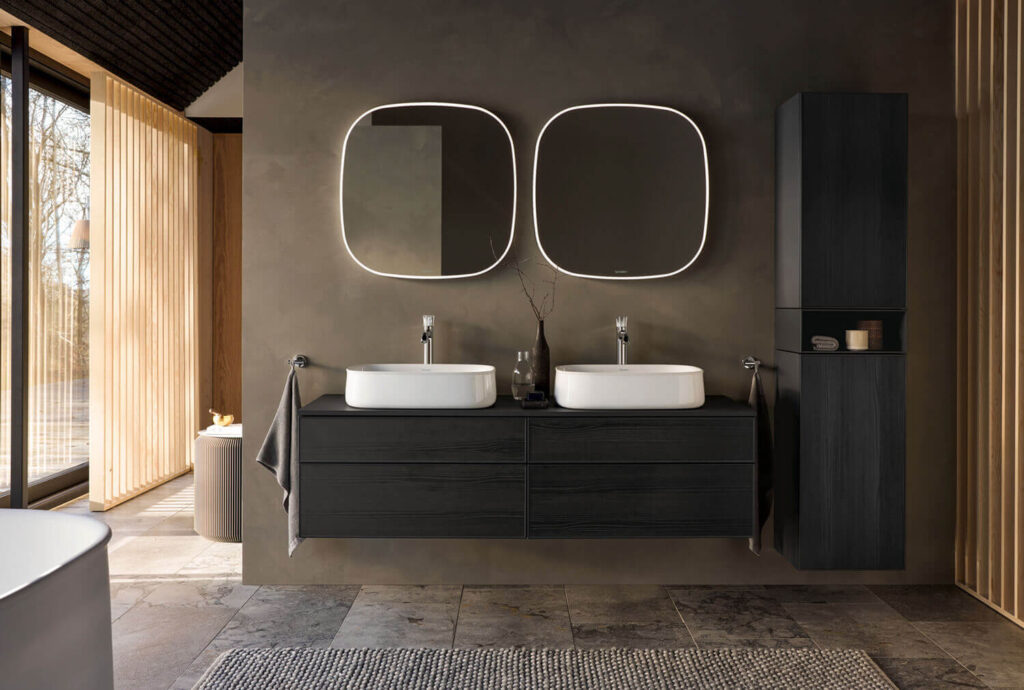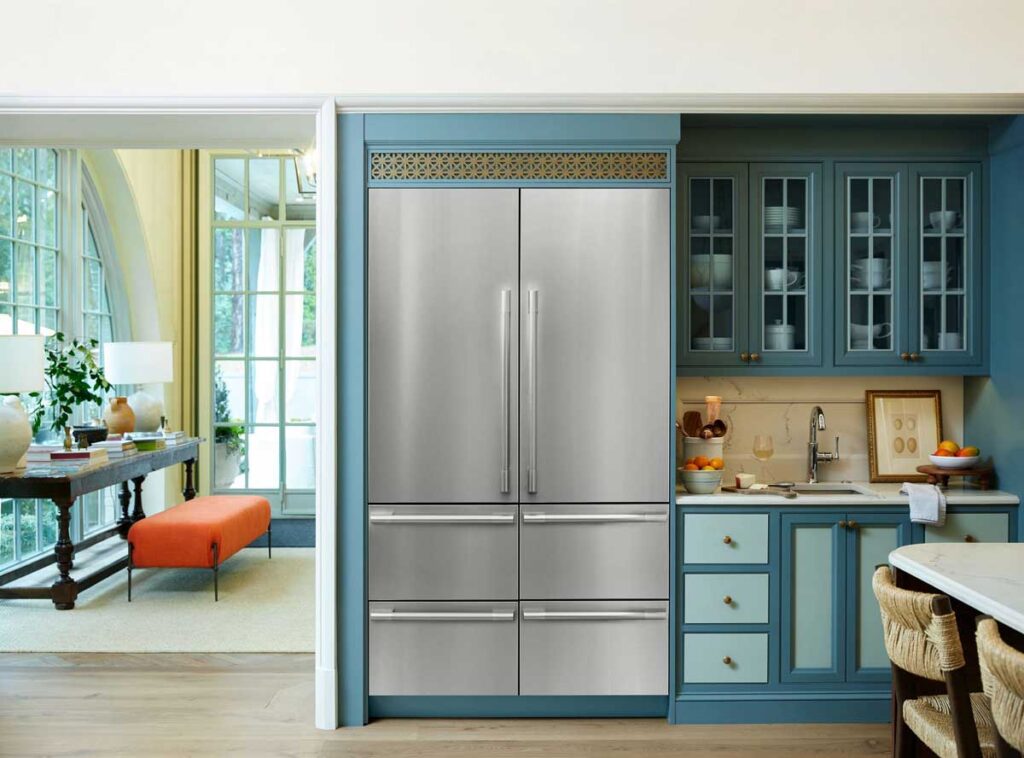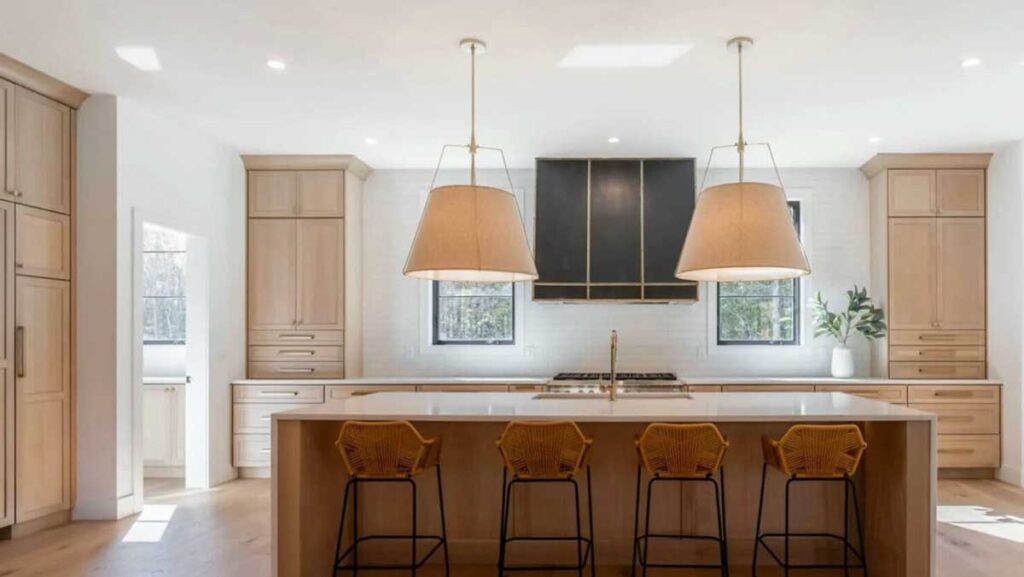Seven issues the industry needs to think about heading into the new year.

By Todd Tomalak
As soon as the Fed indicated the possibility of three rate cuts, my email lit up with this question: “What does this mean for the 2024 forecast?” The answer: it’s complicated. Below are seven economic issues we think the industry should be thinking about coming into 2024.
1) An unwind in ‘Middle America’ remodel spending is occurring now, stemming from pulled-forward remodels which occurred 2021-2022. Luxury spending is less impacted, but the Big-Box retailers will likely see customers slow their purchases meaningfully. Our analysis indicate that the ‘middle-income’ homeowners (who earn between ~$60k and ~$85k) spent about 15 percent more than they should have based on economic factors. We think about half of this was due to a shift in consumer priorities towards more spending on housing, but the balance is shaking out right now. The risk appears isolated to middle-income households for now, as luxury purchases from higher income households had less pull-forward activity.
2) Leverage in CRE and Canadian mortgages are teetering, and the effect has not shaken out yet. Canadian mortgages behave very differently than US mortgages, and typically reset every five years. Unlike the U.S., Canadian home values never declined post-great financial crisis, which means a future payment shock for our friends to the North. All those office buildings with 50 percent occupancy? Renewals are coming up and lenders are rightly worried about how to think about the value of these properties. We think any impact to Kitchen & Bath spending is indirect and due to general tightening of financial conditions as regional banks struggle with exposure to these commercial properties.
3) Mortgage rates will be lower in 2024, leading to potentially more growth in new single family construction and HELOC-fueled remodels. The effect takes time though to impact consumer activity, and we expect the bulk of K&B spending will grow in 2025.
4) Luxury spending will likely lead the rebound, starting late 2024. The same analysis of remodel spending by cohort reveals that spending among top-quintile households had nearly zero pull-forward (and are experiencing postponement in 2023/24). Indeed, consumer sentiment among top-income households has been far worse than lower income households the past eight quarters (since 2021). This group has the most home equity, the most stable incomes, and has set up HELOC accounts without accessing the equity (yet), which means fuel for future spending if/when they do choose to pull out and fund postponed remodels.
5) Rent growth in 2024 matters more than you think, even if 100% of your business is selling to luxury consumers who own their homes. In our view, rent growth matters far more for K&B in 2024/25 than most industry participants think. What’s happening: a record number of multifamily units ‘mid construction’ will be delivered in 2024, and apartment developers will face the quandary of whether their buildings fill up as fast as they expected, or if they need to cut rents. Why it matters: Swings in rent in 2024 indirectly drive CPI in 2025, and thereby will impact mortgage and HELOC rates in 2025. Stable rents mean housing is doing far better than most expected (which is good), but could drive higher mortgage rates in 2025. Rent declines mean bumpy 2024, but potentially lower mortgage rates in 2025 if the Fed perceives lower inflation due to OER being lower.
6) The backdrop for remodel spending 2025-30 is excellent – and Kitchen & Bath is poised to grow faster than the broader housing/remodeling industry. Housing configuration has shifted the past 20 years, which means there are 29 percent more bathrooms. Our data suggests the typical bathroom is remodeled at least once every 50 years, and Kitchen and Bath remodel volume will need to grow by at least 21 percent from current levels just to keep up with the ‘one remodel in 50 years rule’. All the while less labor will be available, and more designers, installers, and professionals will be required to support growing demand.
7) Labor matters so much more this next cycle vs prior cycles; the demographics are irrefutable. The industry should be thinking about a scenario where there are almost zero new workers, +21 percent more remodels, along with an under-built housing market. Add to this older homeowners who are 3:1 more likely to hire professionals to do the work. This is a recipe for higher prices and challenges in keeping up with future high-end demand. As before, the premium for labor that services luxury buyers will grow first.
What an incredible backdrop to start 2024.






















